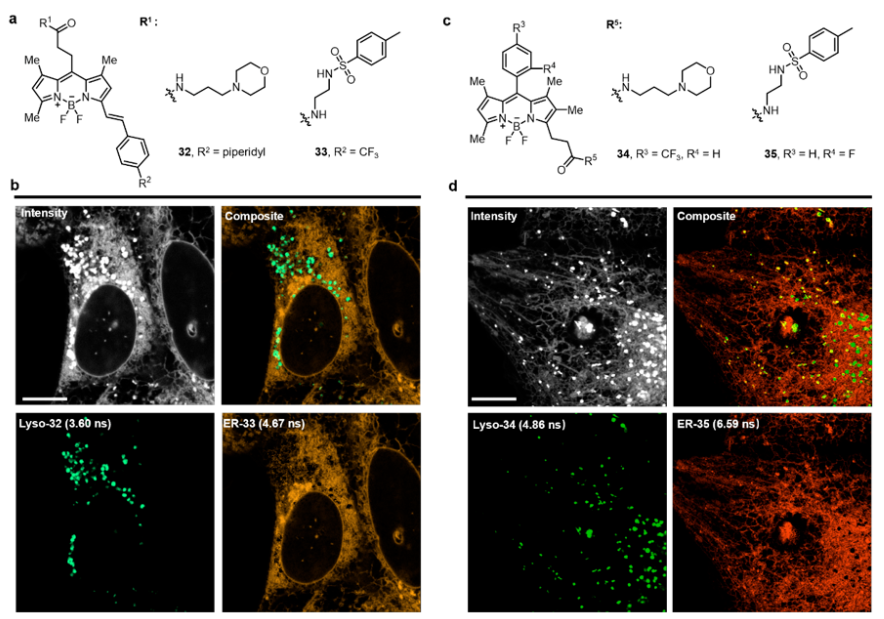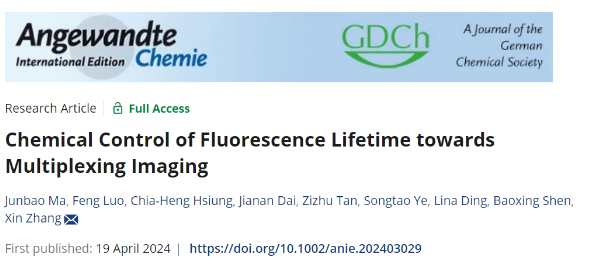




Search websites, locations, and people

Study Shows New Strategies for Chemical Control of Fluorescence Lifetime Towards Multiplexing Imaging
30, 2024
Email:
Phone:
Fluorescence lifetime imaging has emerged as a promising technology for live cell imaging as it adds additional imaging channels at the same emission wavelength by using probes that can be separated in fluorescence lifetimes.
Thus, it is desirable to control the excited state lifetime of any given fluorescent probes that could promote the development of the lifetime multiplexing imaging technique. However, the rationally controlling lifetimes of specific fluorophores remains a challenge.
Few studies have been reported to systematically regulate the fluorescence lifetime of fluorophores.
Recently, in a new study, a team of researchers led by Professor Xin Zhang at Westlake University’s Department of Chemistry chose boron dipyrromethene (BODIPY) as a model system and provided chemical strategies to regulate the fluorescence lifetime of its derivatives with varying spectral features.

Organelles-targeting fluorescence lifetime multiplexing imaging at red and green channels in U-2 OS cells
In addition to BODIPY, the researchers envision that the modulation of the electronegativity of chemical substituents could serve as a feasible strategy to achieve rational control of fluorescence lifetime for a variety of small molecule fluorophores.
The research paper was published in the journal Angew. Chem. Int. Ed. under the title “Chemical Control of Fluorescence Lifetime towards Multiplexing Imaging.”

Westlake University’s postdoctoral fellow Junbao Ma and doctoral student Feng Luo are the co-first authors of this study. Professor Xin Zhang, Professor Lina Ding of Zhengzhou University, and Associate Professor Baoxing Shen of Nanjing Normal University serve as the corresponding authors.
Lingyu Xiao, Runchen Lai, Zhong Chen, Xingyu Lu, and Yinjuan Chen at the Instrumentation and Service Center for Molecular Sciences at Westlake University assisted in fluorescence lifetime imaging microscopy and the Zhengzhou University Supercomputing Center for computational support.
The research was supported by the Research Center for Industries of the Future (RCIF) at Westlake University and the Westlake Laboratory of Life Sciences and Biomedicine, China Postdoctoral Science, and the National Natural Science Foundation of China.
The research paper is available at: https://onlinelibrary.wiley.com/doi/10.1002/anie.202403029
RELATED
NEWS
Study Shows New Strategies for Chemical Control of Fluorescence Lifetime Towards Multiplexing Imaging




















